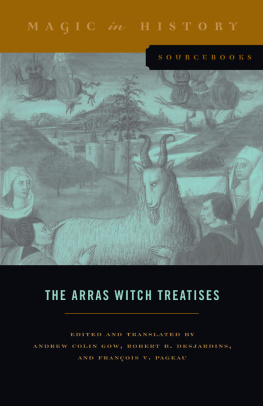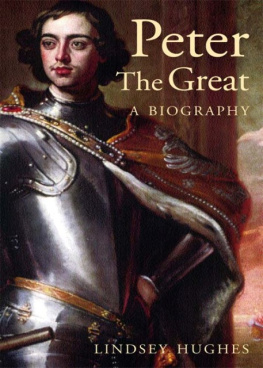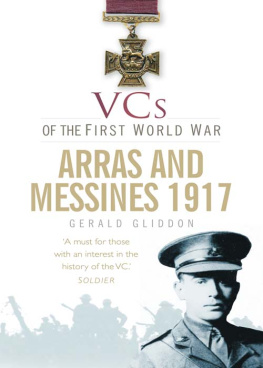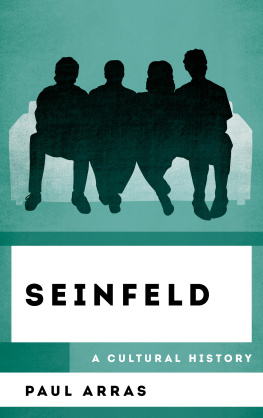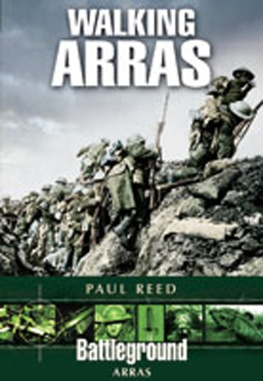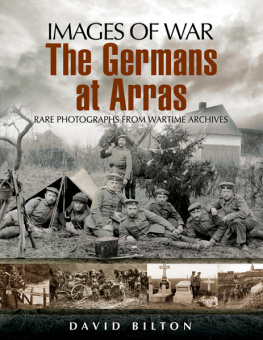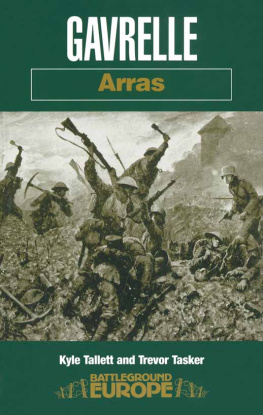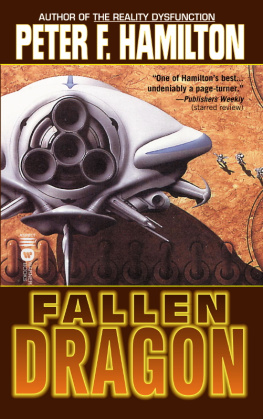First published in Great Britain in 2015 by
PEN & SWORD MILITARY
An imprint of
Pen & Sword Books Ltd
47 Church Street
Barnsley
South Yorkshire
S70 2AS
Copyright Peter Hughes, 2015
ISBN: 978-1-47382-556-7
EPUB ISBN: 978-1-47386-104-6
PRC ISBN: 978-1-47386-103-9
The right of Peter Hughes to be identified as the author of this work has been
asserted by him in accordance with the Copyright, Designs and Patents Act 1988.
A CIP catalogue record for this book is available from the British Library.
All rights reserved. No part of this book may be reproduced or transmitted in
any form or by any means, electronic or mechanical including photocopying,
recording or by any information storage and retrieval system, without
permission from the Publisher in writing.
Typeset by Concept, Huddersfield, West Yorkshire, HD4 5JL.
Printed and bound in England by CPI Group (UK) Ltd, Croydon CR0 4YY.
Pen & Sword Books Ltd incorporates the imprints of Pen & Sword Archaeology,
Atlas, Aviation, Battleground, Discovery, Family History, History, Maritime,
Military, Naval, Politics, Railways, Select, Social History, Transport, True Crime,
and Claymore Press, Frontline Books, Leo Cooper, Praetorian Press,
Remember When, Seaforth Publishing and Wharncliffe.
For a complete list of Pen & Sword titles please contact
PEN & SWORD BOOKS LIMITED
47 Church Street, Barnsley, South Yorkshire, S70 2AS, England
E-mail:
Website: www.pen-and-sword.co.uk
Dedication
To my wife, Lynn, whose love, patience, and support sustained me throughout the four years that it took to write these books and who shared with me the joys and frustrations of authorship; no words of gratitude can ever suffice.
Contents
List of Plates
Acknowledgements
I would like to express my sincere thanks to the following people for their help during various stages of this work.
To Ian Small at the CWGC office in Maidenhead, who had to contend with my frequent requests for photographic material despite having to prepare for the 70th anniversaries of D-Day and Arnhem, as well as the start of the 19141918 centenary commemorations. With each request, Ian trawled the CWGC archives producing whatever was available and was never less than helpful.
To Parveen Sodhi at the Imperial War Museum, London, for her courtesy and help regarding the licensing of several of the photographs used to illustrate these books.
To the team at Pen & Sword Books, but especially to Design Manager, Roni Wilkinson, for his support and guidance in the months prior to my submission of the work and for his help in procuring some of the photographs used to illustrate it. Also to Matt Jones who oversaw the production, to Jon Wilkinson who did an amazing job designing the books cover, and to my editor, Irene Moore, for her guidance and encouragement throughout the final stages.
To Ronelda Peters, part of the team at the Canadian National Memorial, Vimy, for her help regarding matters pertaining to the memorial itself. To Nelly Poignonnec, Communication and Public Relations Officer at the CWGC in Beaurains, France, for putting aside the time to answer all my questions regarding the work of the Commission and for introducing me to many of the staff and craftsmen at Beaurains who somehow manage to cope with the extraordinary demands placed on the organization from around the world. To Isabelle Pilarowski at the Office de Tourisme, Arras, who shares my own desire to raise the profile of Arras and its battlefields as a key destination on the Western Front we may yet succeed.
To Barrie Duncan, Assistant Museums Officer, Leisure & Culture, South Lanarkshire Council, who was ever ready to delve into long-forgotten editions of The Covenanter and provide information from all corners of the regimental archive. Similarly, thanks go to Sandy Leishman at the Highland Fusiliers HQ, Sauchiehall Street, Glasgow, who was extremely helpful on matters relating to the Highland Light Infantry and the Royal Scots Fusiliers in the Great War. He and Barrie were not the only keepers of regimental archives who gave up their time to answer questions, but both were especially helpful.
To the staff at the reading rooms of the British Library, the National Archives at Kew, the Guildhall Library in the City, and the Imperial War Museum, London, for their courtesy and service during the research phase of this project.
To author David Kent-Lemon, for his kind advice and support as I took my first steps towards having the work published and who was responsible for introducing me to Pen & Sword.
For many entirely different reasons, I should also like to extend recognition and thanks to the following: Hugh Harvey, friend and colleague for many years, who helped iron out some of the last remaining pieces of research required to complete this book. He has toured the Western Front with me since 1993, as have the following: Dave Beck, Jim Wilcox, Sam Oliver, Alan Oliver, Andy Cook, Douglas Mackenzie, Gareth Berry, not forgetting Dennis Harvey and Frank Wilcox, whose company we dearly miss. To Garry Reilly, Phil Hughes, Iain Petrie, Darren Bone, and countless other ex-colleagues from Camden who have been particularly supportive since I retired in July 2010, and who throughout the four years it took to complete this project provided encouragement along the way. A special mention goes to Danielle Louise Mackinnon, another friend and former colleague from Camden, who always believed in my ability to write and who encouraged me to do so, as did Jane Chiarello and Simon Turner. To all those other wonderful friends, whose kind invitations to lunch, etc. I sometimes had to decline and who never once complained. Finally, to Peter Gilhooley, who first introduced me to the Western Front Association in 1981. I made my first trip to the battlefields of France and Belgium with Peter in September that year and continued to tour with him for many years after that. His extensive knowledge and infectious enthusiasm fuelled my early interest in the Great War, an interest that has ultimately led to my writing these three books. If it were it not for that initial spark, I might never have been inspired to write them.
This work is also dedicated to the memory of Dave Pilling who one night went out beyond the wire never to return.
Peter Hughes
Introduction
Like Ypres, Arras was briefly occupied by the Germans in the very early days of the war, but the French soon drove them out. For the remainder of 1914 and throughout 1915, French soldiers held a line just east of the town. In March 1916 the sector was handed over to the British who extended their line southwards from La Basse. Thereafter, Arras remained in British hands. It was only in the final two months of the war, when the fighting drifted eastwards away from the town, that Arras could finally breathe a sigh of relief. It never quite suffered the destruction that Ypres did, though it was frequently subjected to heavy shelling, and in many places its streets and buildings were very badly damaged. It was a town battered and bruised, but essentially still intact. Like Ypres, it had always been a front line town, and for two and a half years it served as home to countless British and Commonwealth soldiers. Both towns shared, and still share, a great deal in common.
Today Arras receives far fewer visitors to its battlefields than either Ypres or the Somme. I would venture even further and say that, in comparison with the other two, it has been seriously neglected, the one notable exception being the Memorial Park at Vimy Ridge. Here, the tunnels, shell holes, craters, concrete trench reconstructions, and the crowning magnificence that is the Canadian National Memorial, provide sufficient visual stimulus to attract large visitor numbers. Sadly, for many, this is where their visit to the Arras battlefield begins and ends. I sincerely hope that the three books in this series help to change all that.


